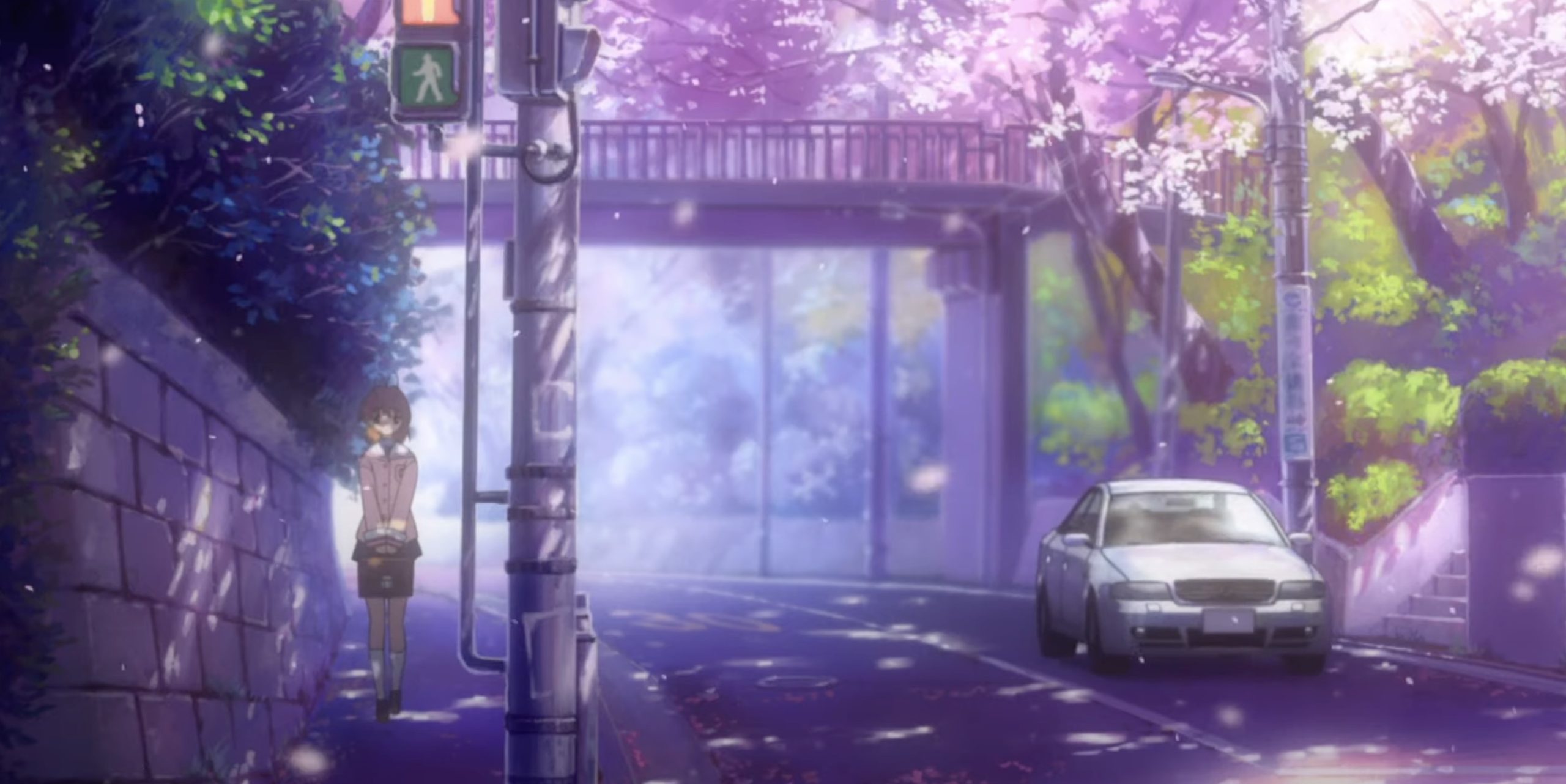Clannad stands tall among the towering giants of anime, earning its place as one of the most poignant and heart-wrenching series in the genre’s history. Produced by Kyoto Animation, it remains a treasured gem in the vast Japanese animation. Split into two parts—Clannad and Clannad After Story—the series proceeds across 23 episodes in the former and 24 in the latter.
Beyond its initial premise, Clannad seamlessly weaves together elements of slice-of-life and comedy, crafting a visually amazing experience for its audience. Yet, its enduring legacy lies in its ability to evoke profound emotions, earning it a place in the hearts of fans even 17 years after its debut.
In this exploration, we go into the core components that define Clannad’s core. From its intricate plotlines to its richly drawn characters, we uncover the elements that have cemented its status as a timeless masterpiece.

At the heart of Clannad lies its narrative, intricately woven with threads of love, loss, and redemption. Set in a high school backdrop, the series follows the protagonist, Tomoya Okazaki, as he explores the complexities of adolescence while grappling with personal hardships.
Alongside him is a cast of compelling characters, each bearing their own burdens and desires.
Central to Clannad’s allure are its characters, who breathe life into the story with their depth and authenticity. From the spirited Nagisa Furukawa to the amazing Fuko Ibuki, each character leaves an indelible mark on the viewer, forging a profound connection that transcends the screen.

However, it is Clannad After Story where the series truly shines, delving deeper into themes of family, sacrifice, and the passage of time. As Tomoya takes off on the tumultuous journey of adulthood, viewers are taken on an emotional rollercoaster, experiencing the highs of love and the depths of despair alongside him.
Clannad follows Okazaki’s journey from rebel to family man
At the heart of Clannad lies the journey of Tomoya Okazaki, a high school rebel disillusioned with life and estranged from his indifferent father. His world takes a colorful turn when he encounters Nagisa Furukawa, a senior who, despite facing setbacks, exudes a quiet resilience.

Their daily interactions bring laughter and warmth to Okazaki’s once-dull existence, gradually revealing the stirrings of affection within him for Nagisa. However, as their bond deepens, Okazaki is drawn into Nagisa’s world, uncovering layers of her past that prompt him to reevaluate his own life.
Clannad’s narrative revolves around Okazaki’s transformative journey, guided by Nagisa’s unwavering belief in the power of family and the beauty of life’s simple pleasures. Through their experiences together, Okazaki learns to appreciate the importance of familial bonds and the significance of embracing life’s fleeting moments.

In its portrayal of Okazaki’s evolution, Clannad emerges as a trailblazer, pioneering a narrative centered on the dynamics of family—a theme that resonates deeply with audiences.
As Okazaki explores the complexities of his relationships, he discovers profound truths about love, loss, and the enduring power of human connection.
The Evolution of Nagisa and Tomoya in Clannad
Nagisa and Tomoya stand as exemplars of nuanced character development within the storytelling. Initially introduced as contrasts—Tomoya as a rebellious delinquent and Nagisa as a timid, uncertain soul—their journey proceeds gradually, with each passing episode adding layers to their personas.
Tomoya’s transformation from apathy to empathy serves as a central pillar of Clannad’s narrative arc. As the story progresses, his rough exterior begins to soften, revealing a compassionate heart beneath.

Through his interactions with Nagisa and the supporting cast, Tomoya undergoes a profound evolution, emerging as a better version of himself.
Similarly, Nagisa’s growth from a fragile, insecure girl to a woman of resilience and self-assurance mirrors Tomoya’s journey. With each challenge she faces, Nagisa discovers inner strength and courage, ultimately finding her voice and asserting her desires.
Key to the development of both characters are the relationships they cultivate with the diverse cast of supporting characters. As they explore the tumultuous waters of romance, not every love story proceeds with smooth sailing. Each encounter, whether joyful or fraught with obstacles, contributes to the intricacy of their growth.
Jun Maeda’s Musical Mastery in Anime
In anime, music serves as a powerful tool to enhance the emotional depth and atmosphere of a series. While some anime, like “Your Lie In April,” revolves entirely around music, others, like “Clannad,” use music to weave a rich of emotions that resonate deeply with viewers.
At the helm of Clannad’s hauntingly beautiful soundtrack is Jun Maeda, the mastermind behind the series itself. Renowned for his ability to craft poignant narratives, Maeda infuses his music with a soul-stirring quality that raises the viewing experience to new heights.

From the uplifting melodies of joy to the melancholic strains of sorrow, the OSTs seamlessly mirror the emotional journey of the characters, enhancing the impact of pivotal moments within the story.
Maeda’s genius lies in his ability to evoke a myriad of emotions through his compositions, effectively transporting viewers into the heart of the narrative. Each note serves as a poignant reminder of the characters’ struggles, triumphs, and ultimately, their humanity.
Beyond Clannad, Maeda’s musical prowess extends to other notable works such as “Little Busters” and “Charlotte,” each imbued with the same emotive resonance that defines his signature style. Through his music, Maeda creates a symphony of emotions that lingers long after the final chords fade away, leaving an indelible mark on the hearts of fans.
Exploring the Dual Narrative of Clannad
Clannad’s narrative proceeds across two intertwined worlds: the tangible world where Tomoya explores the complexities of high school life, and the ethereal illusionary world inhabited by a mysterious girl and her diminutive companion. These parallel dimensions exist in symbiotic harmony, with actions in one world reverberating in the other.
At the heart of this intricate lies Ushio, the daughter of Tomoya and Nagisa, whose existence serves as the linchpin connecting these disparate worlds. In the illusionary world, Ushio—a spectral figure—withdraws from reality, seeking solace as she grapples with the impending loss of her mother.

Accompanying Ushio on her solitary journey is a small robot housing the spirit of her father, Tomoya. Together, they traverse a shrouded in melancholy, their bond a poignant reflection of the familial ties that bind them.
As the series unfurls towards its climactic crescendo, subtle hints emerge, illuminating the tragic truth lurking beneath the surface. The viewer is drawn into sorrow and introspection, as the intricate threads of fate are woven together, revealing the interconnectedness of all things.
Through this interplay of light and shadow, Clannad invites viewers on a transcendent journey of discovery, challenging them to confront the complexities of love, loss, and the indomitable spirit of the human soul. In the end, it is a witness to the enduring power of hope in the face of adversity, and the unbreakable bonds that unite us all.
The Controversial Ending and Emotional Depth of Clannad
The fame and poignancy of Clannad are deeply intertwined with its controversial and emotionally charged ending. The devastating loss of Nagisa, Tomoya’s beloved wife, casts a shadow of grief and despair over the narrative, sending him spiraling into the depths of depression.
Left to shoulder the burden of parenthood alone, Tomoya struggles to find solace amidst the wreckage of his shattered dreams.

Yet, it is the untimely death of their daughter, Ushio, that delivers the final, crushing blow to Tomoya’s fragile psyche. As he cradles her lifeless form in his arms, the weight of his sorrow threatens to engulf him entirely.
In this moment of profound anguish, Tomoya is confronted with the cruel reality of mortality and the fleeting nature of happiness.
However, amidst the darkness, a glimmer of hope emerges—a poignant visual of Nagisa, Tomoya, and Ushio together, basking in the warmth of a cherished memory. This juxtaposition of sorrow and fleeting joy serves as a haunting reminder of the fragility of life and the resilience of the human spirit.
It is this juxtaposition, this delicate balance between heartache and fleeting moments of happiness, that raises Clannad to its status as one of the saddest anime of all time.
Through its raw emotional depth and unflinching portrayal of loss, the series resonates deeply with viewers, leaving an indelible mark on their hearts long after the final credits roll.





